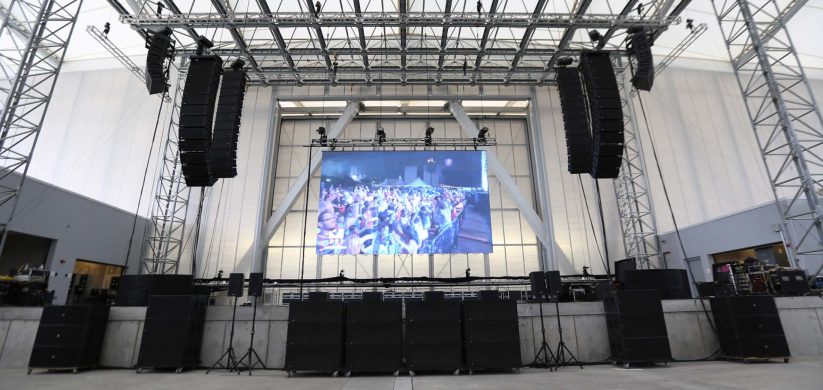Innovative Approaches to Improving Untethered Connectivity Technologies for Luminescent Wall Surfaces.
Wiki Article
Wireless communication solutions for LED wall screens have redefined the way we utilize visual displays in various settings, such as concerts, corporate gatherings, and promotional displays. These panels, known for their vibrant colors and high resolution, rely heavily on strong wireless networks to perform effectively. As digital infrastructure continues to evolve, innovative approaches are being developed to optimize these wireless solutions. This discussion will examine some of the latest techniques aimed at improving wireless connectivity for LED wall panels.

One notable approach to improving wireless communication is the use of advanced antenna systems. Antennas play a critical role in transmitting and capturing signals between devices. By utilizing adaptive antenna arrays, which can adapt their orientation and focus based on the environment, engineers can significantly improve signal strength and reliability. This dynamic tuning helps reduce interference from other electronic systems and barriers, leading to clearer video quality and more stable link performance for LED wall displays.
Another forward-thinking strategy involves implementing mesh networking systems. Unlike conventional wireless setups that rely on a single access point, mesh systems consist of multiple nodes that work together to extend the internet connection over a larger area. This structure ensures that LED wall screens receive a steady signal regardless of their location. In spaces like arenas or large exhibition halls, where a great post physical barriers may interfere with signals, mesh technologies provide a more robust framework by maintaining connectivity even in high-traffic environments.
Moreover, incorporating edge computing into wireless connectivity can boost efficiency for LED wall panels. Edge computing allows data processing to occur closer to the source of data generation rather than relying solely on centralized data centers. By analyzing data at the edge of the Luminescent Diode see this page wall units, the system reduces latency, resulting in faster response times and smoother video rendering. This innovation is especially advantageous for use cases that demand real-time responses or interactive functions, making visual displays more immersive for viewers.
Lastly, leveraging new transmission standards can also enhance wireless connectivity for Light Emitting Diode wall panels. Protocols such as 802.11ax and fifth-generation wireless offer greater bandwidth and accelerated data throughput compared to earlier standards. These advancements enable multiple devices to connect concurrently without sacrificing performance. As Luminescent Diode wall panels are often used in conjunction with other smart devices, implementing these advanced protocols guarantees that all systems can interact seamlessly, leading to an significantly improved user interaction.
To summarize, the enhancement of wireless communication technologies for Light Emitting Diode wall displays is essential as technology continues to evolve. Through innovations such as smart antennas, mesh networking systems, edge computing integration, and new communication protocols, producers can deliver better efficiency and stability. These approaches not only improve the capabilities of Luminescent Diode wall units but also elevate the visual experiences they offer across multiple settings. As these advancements continue to progress, audiences can anticipate even more cutting-edge displays in the future.